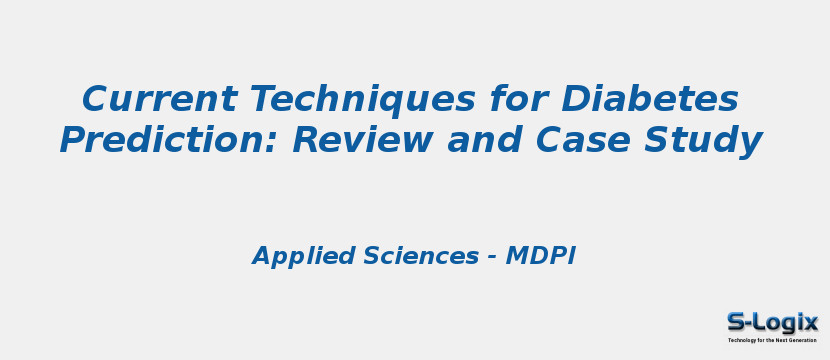Research Area: Machine Learning
Diabetes is one of the most common diseases worldwide. Many Machine Learning (ML) techniques have been utilized in predicting diabetes in the last couple of years. The increasing complexity of this problem has inspired researchers to explore the robust set of Deep Learning (DL) algorithms. The highest accuracy achieved so far was 95.1% by a combined model CNN-LSTM. Even though numerous ML algorithms were used in solving this problem, there are a set of classifiers that are rarely used or even not used at all in this problem, so it is of interest to determine the performance of these classifiers in predicting diabetes. Moreover, there is no recent survey that has reviewed and compared the performance of all the proposed ML and DL techniques in addition to combined models. This article surveyed all the ML and DL techniques-based diabetes predictions published in the last six years. In addition, one study was developed that aimed to implement those rarely and not used ML classifiers on the Pima Indian Dataset to analyze their performance. The classifiers obtained an accuracy of 68%–74%. The recommendation is to use these classifiers in diabetes prediction and enhance them by developing combined models.
Keywords:
Machine learning
Deep learning
Data mining
Neural network
Artificial intelligence
Diabetes prediction
Bioinformatics
Author(s) Name: Souad Larabi-Marie-Sainte,Linah Aburahmah,Rana Almohaini and Tanzila Saba
Journal name: Applied Sciences
Conferrence name:
Publisher name: MDPI
DOI: 10.3390/app9214604
Volume Information: Volume 9 Issue 21
Paper Link: https://www.mdpi.com/2076-3417/9/21/4604
